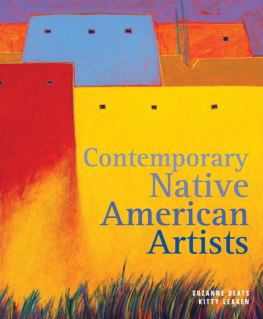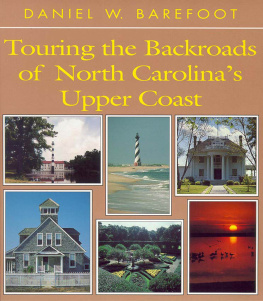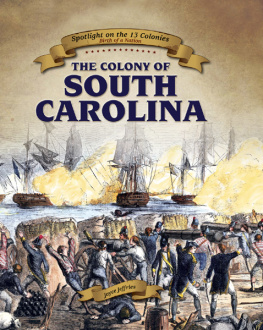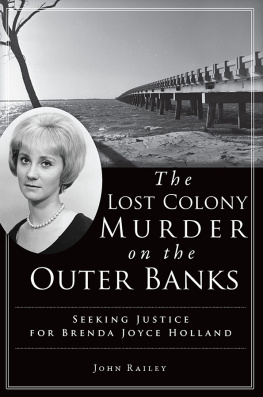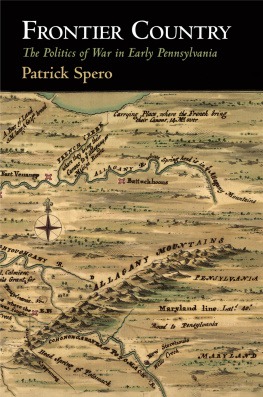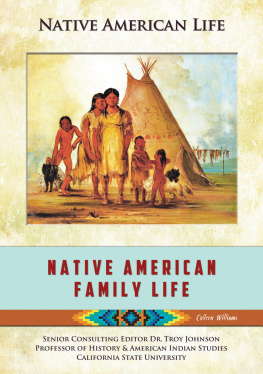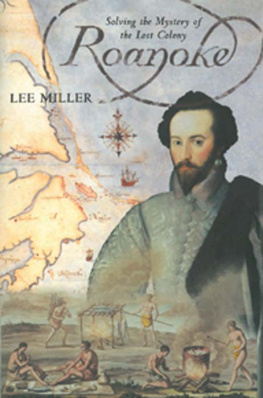Publication of this book was supported in part by a generous gift from Kim and Phil Phillips.
2021 The University of North Carolina Press
All rights reserved
Paintings by Karen Harvey 2021 Karen Harvey
Set in Merope Basic by Westchester Publishing Services
Manufactured in the United States of America
The University of North Carolina Press has been a member of the Green Press Initiative since 2003.
Library of Congress Cataloging-in-Publication Data
Names: Rountree, Helen C., 1944 author. | Taukchiray, Wes, 1948 author. | Harvey, Ren (Karen), illustrator.
Title: Manteos world : Native American life in Carolinas Sound Country before and after the Lost Colony / Helen C. Rountree with Wesley D. Taukchiray ; original paintings by Karen Harvey.
Description: Chapel Hill : The University of North Carolina Press, 2021. | Includes bibliographical references and index.
Identifiers: LCCN 2021009993 | ISBN 9781469662923 (cloth ; alk. paper) | ISBN 9781469662930 (pbk. ; alk. paper) | ISBN 9781469662947 (ebook)
Subjects: LCSH: Algonquian IndiansNorth CarolinaOuter Banks Civilization. | Algonquian IndiansNorth CarolinaOuter Banks History16th century. | Algonquian IndiansFirst contact with EuropeansNorth CarolinaOuter BanksHistory16th century. | Cultural fusionNorth CarolinaOuter BanksHistory16th century. | Outer Banks (N.C.)History16th century.
Classification: LCC E99.A35 R68 2021 | DDC 974.004/9755dc23
LC record available at https://lccn.loc.gov/2021009993
Cover illustration by Karen Harvey. Used by permission of the artist.
Preface
I have been researching southern Algonquian speakers for half a century, beginning with Virginia in 1969 (first visit to modern people in 1967) and emphasizing culture as well as history, and then expanding my data gathering geographically to include Maryland and North Carolina. When the Smithsonian Institutions Handbook of North American Indians, vol. 15, Northeast came out, the chapters on the Algonquian-speaking Indians of the Mid-Atlantic region (written in 197273) were done by the only published scholar on Virginia Indians available as of 1970, when the contract was drawn up: Christian F. Feest, an Austrian. No other American anthropologists were interested. Several students of Frank G. Speck who had done Virginia fieldwork in the 1930s and 1940s were still actively working, but they were doing it elsewhere. I met several of them in 197071 and found none to be willing to supervise my Ph.D. dissertation. Christian, who contacted me in 1972 and with whom I have been friends since, was and still is primarily a museum scholar, concentrating on artifacts rather than on people. We agreed at the outset that his chapters in the Handbook (Feest 1978a, 1978b, 1978c) were pitifully small, given the riches of the documents that were out there, but he had to work within the constraints of a handbook. He also had to do all his research in the one calendar year he could spend in the United States, so the quality of the history part of his chapters is remarkably good. He did not plan to go on and do in-depth books on the culture and history, as I hoped to do, so I decided then that my lifes work as a cultural anthropologistthen training to be a historian as wellwould be to see that book-length treatments of all the southern Algonquian speakers reached publication. This volume is the last piece of that project.
In doing my project, I have worked with several other scholars who researched Native American history in depth in areas adjacent to eastern Virginia: Thomas Davidson for the Maryland Eastern Shore (Rountree and Davidson 1997), the late Rebecca Seib for Southern Maryland (Seib and Rountree 2014), and, with this volume, Wesley D. Taukchiray for the Carolina Sounds region. All three found themselves, when they completed their research, in jobs that did not allow writing time. My university professorship and, beginning in 2000, my retirement did allow me time, so I have been glad to become their scribe while making additions of my own. I also made or acquired the needed illustrations and then fought the manuscripts into publication for us.
Wes Taukchiray has worked as a contract historian in the Carolinas and Virginia for over forty-five years. During most of that time, he generously sent me photocopies of anything he found related to the Algonquian speakers in North Carolina and Virginia, so I regard him as my history researcher for this volume and as, deservedly, the senior author on the history chapter. Several other historians have tackled one or another of the Carolina Algonquians, but as of 2014, no one was working toward a book-length treatment of all of them together, nor of the culture of the 1580s. I had waited nearly forty years to see someone fill the gap, not wanting to invade someone elses territory, but now, with Wess help, I am wading in.
I am indebted to several other people for their invaluable help in getting this book completed. The editorial staff at the University of North Carolina Press acted as a sounding board as soon as I contacted them, something I badly needed because I was too close to the manuscript (seeing the trees) to have a proper feel for continuity and proportion (seeing the forest). The people who served as readers for the Press were likewise helpful. Wes and I received excellent assistance at the North Carolina State Archives; in particular, Edward Vann did some serious hunting for us when our time in Raleigh ran out. Karen Kupperman read an early draft of the merging-in chapter and recommended further readings to strengthen it. Last but not least, I profited greatly, when writing the first chapter, from having worked with hard scientists in Maryland during my time as senior author on John Smiths Chesapeake Voyages, 16071609. I had been doing pleasure reading about the Sounds regions hydrology and geology for many years, but these colleaguesespecially marine biologist and historical biologist Kent Mountford, ichthyologist Bob Lippson, geologist Jeff Halka, and plant biologist/paleontologist Grace Brushgave me the grounding I needed to do a better job with other aspects of the regions natural history.
A WORD ABOUT THE ARTIST
Karen Harvey (Ren) is a part-time artist in Nashville. She grew up in Ontario, Canada, near the Grand River Reserve, and seeing so many Indian faces in her youth, she easily draws them more accurately than poor John White could when seeing Indians for the first time. She has been doing Native American portraits with people from many times and tribes, in a variety of mediums and for a long time now, always backed up by careful research.
In September 2018, Ren embarked upon a new, longer-term project: redoing the portraits that John White painted in the Carolina Sounds in the mid-1580s, so that in face and body build they were more Indians than freakish anatomy lessons (especially needed for the de Bry engravings, made from Whites paintings). The portraits in the originals, at the British Museum, are small (less than letter-size), and some of the paints have oxidized, so Ren sought the assistance of various scholars, including Kim Sloan of that museum. Since some of the questions involved items of dress and ornamentation, Sloan recommend that Ren contact me for what I could tell her from the historical documents in my database. Ren did so in mid-November 2018. That began an eight-month collaboration that I had been hoping (and failing) to find with an artist for several decades. When I suggested that Ren not only redo the portraits she planned but also incorporate the Indian subjects into multiperson village and foraging scenes that I could imagine, she agreed. The result of both of her efforts is displayed in this book. Her portfolio from the project is larger: she painted the portraits not only in color (the hunter on the books cover is one example) but also in the same black-and-white watercolor she used for the multiperson scenes, so several



